Sizing of Pipe for Condensate Collection and Steam Supply lines
Introduction:
There are mainly four lines from which steam and/or condensate carries:
- Condensate return lines in which recovered condensate carries to boiler feed water tank
- Steam branch in which steam carries from steam main to steam-heated unit.
- Steam mains in which steam carries from boiler to different equipment's where steam is used.
- Trap discharge line in which condensate and flash steam carries from trap to recovery line.
Sizing of Pipe : - There are mainly two factors to calculate pipe sizes:
1.Steam Velocity:
-Allowable velocity for process steam are 23 to 25 m/s.
-Line sizing should be done considering future expansions.
2. Initial pressure at boiler and allowable pressure drop is important factor for Steam pipe sizing. Total pressure drop including every drops in line should be less than 20% of the maximum pressure of boiler.
Discharge lines for Trap :
Trap discharge lines should be same size as the trap connection. Sizing of trap discharge lines also depend upon differential pressure between trap and condensate return pipe. It is advisable to keep one size greater in case of low differential pressure. Trap discharge lines normally have shorter length.
Steam Mains:
Sizing and design of Steam mains is very crucial and complex in process. Sizing of steam mains should be done with advice of experts.
Return Lines for Condensate :
Condensate return lines plays major role in plant efficiency. Periodically audit and inspection should be done by experienced auditor. It is advisable to select condensate return lines one or two size larger to increase plant efficiency.
High Back Pressure and Steam Traps:
Back pressure is very critical for trap efficiency. Trap capacity decreases as back pressure cause to lower differential pressure. Reason to occur back pressure is because of increase in condensate load or trap’s faulty operation. Selection of steam trap should be done considering back pressure otherwise it can create problem in process. It’s necessary to use traps one size larger to compensate for the decrease in operating differential pressure.
Sizing of Condensate return lines:
Concept of sizing for Condensate return line is different from steam or water line sizing. In Condensate return lines, there is handling of condensate as well as flash steam. Volume of flash steam is greater than condensate. So, sizing should be done considering that it must handle both condensate and flash steam. This lines should be sized to have a reasonable velocity at an acceptable pressure drop. Other factors to be considered are water conditions, corrosion, dirt, erosion, fouling, etc. We need to have a supply pressure, return line pressure, pressure drop and condensate flow rate to calculate pipe diameter.

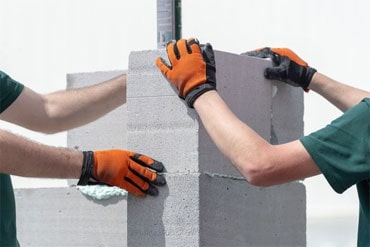 Aerated Concrete Block Industry
Aerated Concrete Block Industry  Brewery Industry
Brewery Industry  Captive Cogen Industry
Captive Cogen Industry 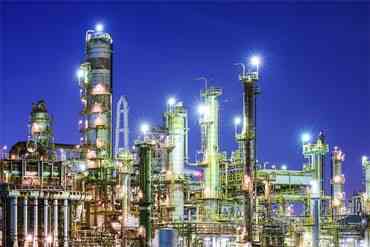 Chemical Industry
Chemical Industry  Dairy Industry
Dairy Industry  Edible Oil Industry
Edible Oil Industry 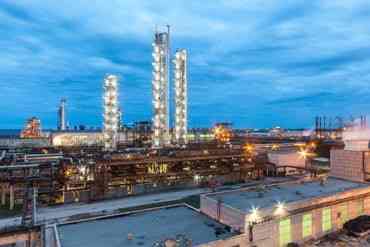 Fertilizer Industry
Fertilizer Industry  Hotel Industry
Hotel Industry 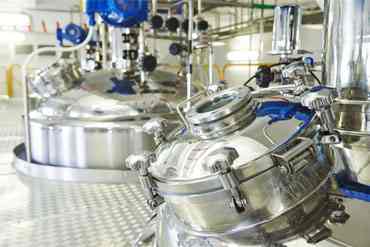 Pharma Industry
Pharma Industry 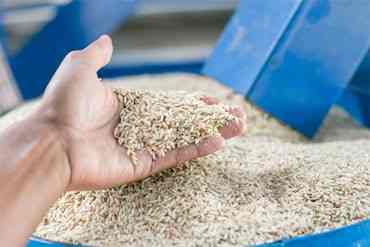 Rice Industry
Rice Industry 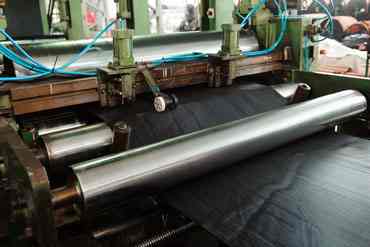 Rubber Industry
Rubber Industry  Soap Industry
Soap Industry 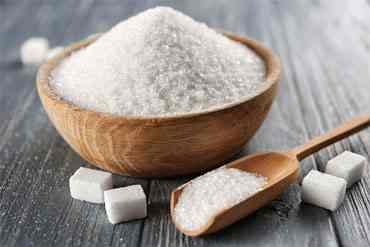 Sugar Industry
Sugar Industry  Textile Industry
Textile Industry 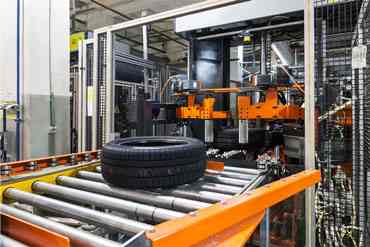 Tyre Industry
Tyre Industry